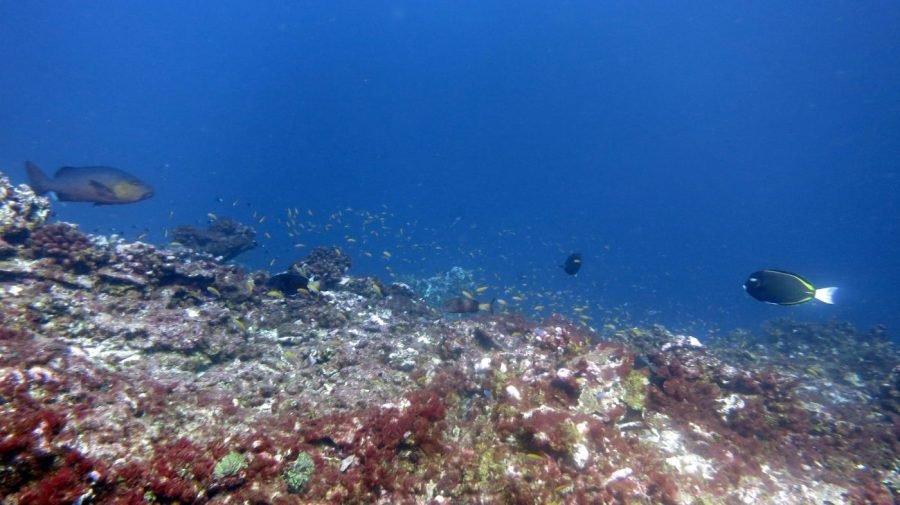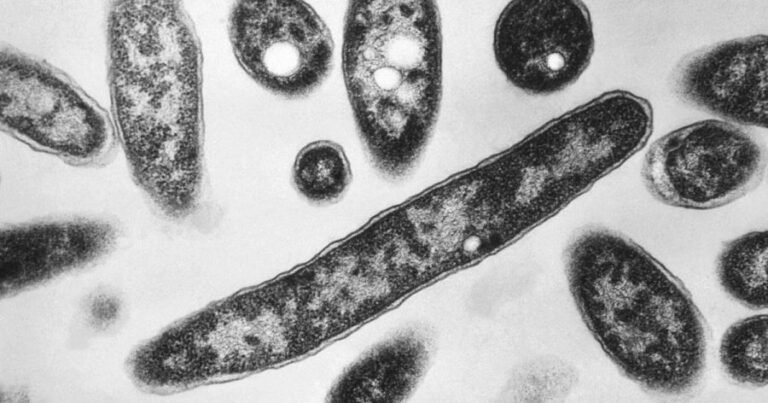
The deep oceans have crossed a crucial boundary that threatens their ability to provide the surface with food and oxygen, a new study finds.
Nearly two-thirds of the ocean below 200 meters, or 656 feet, as well as nearly half of that above, have breached “safe” levels of acidity, according to findings published on Monday in Global Change Biology.
The fall in ocean pH is “a ticking time bomb for marine ecosystems and coastal economies,” Steve Widdicombe, director of science at the United Kingdom’s Plymouth Marine Laboratory (PML), said in a statement.
The study was funded in part by the National Oceanographic and Atmospheric Association (NOAA), a federal agency that has been targeted for steep cuts by the Trump White House, in large part because of its role in investigating climate change.
Some of the biggest changes in deep water are happening off the coast of western North America, home to extensive crab and salmon fisheries, the study found.
The core problem is one scientists have warned about for a long time: the continued global burning of fossil fuels, which releases carbon dioxide — an acid when dissolved in water — is making the seas and oceans more acidic.
Or, technically, it’s making them less basic, which is to say: Less hospitable to species such as corals and clams that form the foundation of the ocean’s ecosystem.
“Most ocean life doesn’t just live at the surface — the waters below are home to many more different types of plants and animals,” lead author Helen Findlay of PML. “Since these deeper waters are changing so much, the impacts of ocean acidification could be far worse than we thought.”
As of five years ago, Findlay’s study noted, the oceans may have crossed a critical threshold in which oceanic levels of calcium carbonate — the main ingredient in limestones, and also the shells of those animals — fell to more than 20 percent below pre-industrial levels.
If true, that shift would mean the Earth has passed seven out of nine of the critical “planetary boundaries” needed to maintain its ecosystem, as the Potsdam Institute for Climate Impact Research found last year.
That shift, Widdicombe of the Marine Lab said, means “we’re witnessing the loss of critical habitats that countless marine species depend on.”
“From the coral reefs that support tourism to the shellfish industries that sustain coastal communities,” he added, “we’re gambling with both biodiversity and billions in economic value every day that action is delayed.”
The further implications are even more serious. The reasons for the ocean’s rise in acid, or fall in base, is that its waters have absorbed about one-third of all the carbon dioxide released by surface burning of coal, oil and gas.
But the more carbon dioxide it absorbs, the lower its ability to absorb more — meaning faster warming on the surface.
Making that dynamic even more dramatic, seas and oceans have also absorbed 90 percent of the global heating that the Earth’s surface would have otherwise experienced, according to NASA.
In addition to absorbing heat and carbon dioxide, the ocean also provides 50 percent of the Earth’s oxygen — which comes from the very marine ecosystems that warming and acidification are threatening.
Ecosystem loss and fossil fuel burning mean that levels of oxygen below the surface are decreasing, as, more slowly, is oxygen above the surface.


